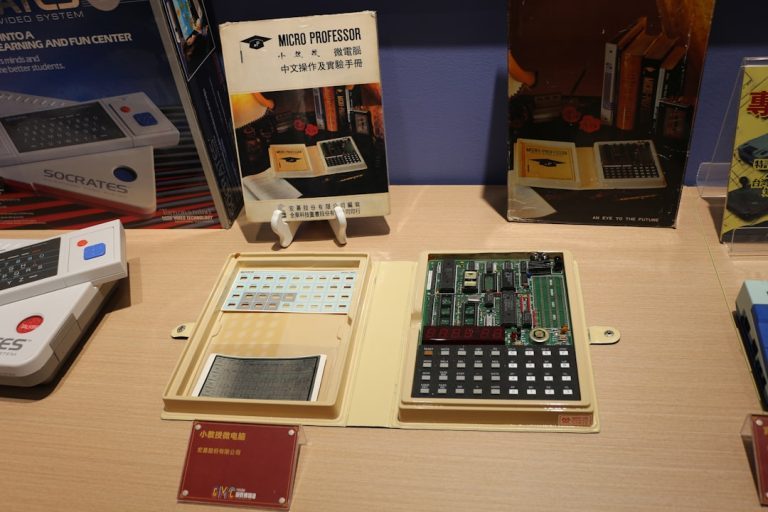The ever-evolving race between NVIDIA and AMD continues to spark intense debate among PC gamers and creative professionals alike. On one hand, NVIDIA’s recently hinted RTX 5080 is expected to build upon the dominant Ada Lovelace architecture. On the other hand, AMD’s RX 7900 XTX has already established itself as a flagship GPU boasting high performance per dollar. If you’re currently in the market for a top-tier graphics card or wondering whether to wait for the next big thing, this in-depth comparison will help you make an informed choice.
TLDR (Too Long, Didn’t Read)
The RX 7900 XTX offers excellent current-gen performance and a better value than NVIDIA’s comparable offerings at the moment. However, the impending arrival of the RTX 5080 suggests much higher efficiency and gaming technology improvements could be just around the corner. If you need high-end performance now, the RX 7900 XTX is reliable and mature. But if you can wait a few more months, the RTX 5080 is shaping up to be worth it, especially for enthusiasts who want cutting-edge features and better ray tracing capabilities.
Performance Comparison: Current vs Future
To understand how these two GPUs stack up, let’s begin by comparing real-world performance potential. The RX 7900 XTX is already available and benchmarks consistently well in 4K gaming, occasionally beating the RTX 4080 — NVIDIA’s current equivalent. But the RTX 5080, although not yet released, is rumored to significantly outpace the 4080 and possibly nip at the heels of even the RTX 4090.
- RX 7900 XTX: Offers 24 GB of GDDR6 memory, wide 384-bit bus, and solid rasterization performance. Generally scores around 90-110 FPS in 4K in modern AAA titles.
- RTX 5080 (Expected): Expected to use the more power-efficient Blackwell architecture. Leaks suggest a large jump in CUDA core count, memory bandwidth, and improved DLSS frame generation.
One major element in favor of the RTX 5080 is the anticipated leap in ray-tracing and AI-driven features. If these improvements deliver as projected, real-time ray tracing and 3D rendering workflows could be vastly more efficient compared to today’s standards, giving NVIDIA a leading edge again.

Ray Tracing and Upscaling: NVIDIA Still Leads
Ray tracing performance has been a weak spot for AMD in this generation. The RX 7900 XTX, while powerful, still lags behind the RTX 4080 in games that rely heavily on ray tracing technology. This is due to less mature RT cores and a proprietary AI upscaling solution called FSR (FidelityFX Super Resolution), which is less sophisticated than NVIDIA’s DLSS 3.5.
Here’s a comparison of the features:
- AMD FSR: Open-source and compatible with many GPUs, but often introduces image artifacts or stutter in higher resolutions. Helps boost performance, but not always convincingly.
- NVIDIA DLSS: Deep-learning-powered and notably effective. DLSS 3.5’s Frame Generation provides smoother frame pacing and less latency, making it a major draw for fast-paced or competitive gamers.
If ray tracing is a major part of your gaming or professional workload, the RTX 5080 could be the smarter buy — assuming NVIDIA continues to dominate this technological front.
Value and Pricing Consideration
While performance is critical, value is equally important. Launched at $999, the RX 7900 XTX offers exceptional cost-per-frame ratios, dramatically undercutting both the RTX 4090 and 4080 when calculated purely from a performance-per-dollar standpoint. For power users on a tighter budget or those not needing intensive ray tracing, this is a key selling point.
On the other hand, the RTX 5080 is expected to enter the market in the $1,100–$1,300 range. If pricing climbs higher than this, its value proposition gets shakier unless it truly revolutionizes performance levels or includes significant upgrades in efficiency and power draw.
Bottom line: If affordability matters and you’re buying within the next few weeks, the RX 7900 XTX holds strong ground. But if you’re willing to wait for NVIDIA’s next-gen pricing and initial benchmarks, you might find a better long-term investment in the RTX 5080.
Future-Proofing and VR Performance
Another critical consideration involves future-proofing. Although the RX 7900 XTX supports DisplayPort 2.1 — making it theoretically more capable for future high-resolution monitors — NVIDIA’s upcoming Blackwell GPUs reportedly aim to close this gap, possibly adding DisplayPort 2.1 and next-gen HDMI 2.1a standards.

Virtual Reality (VR) applications also factor into the decision. The RX 7900 XTX performs admirably in VR, especially with recent API optimizations. However, NVIDIA continues to offer more mature support across VR headsets and software ecosystems, with many developers optimizing explicitly for CUDA and RTX technologies.
Driver Support and Stability
No comparison would be complete without touching on driver stability and software support — areas where NVIDIA typically receives higher marks. While AMD has made substantial improvements in its Adrenalin suite, users still occasionally report longer waits for optimized drivers following major game launches or Windows updates.
NVIDIA’s Game Ready Drivers continue to lead in early-day compatibility and frequent updates. That matters most for competitive gamers, streamers who need flawless performance from day one, or professionals running time-sensitive workloads.
Availability and Timing — When to Buy?
The RX 7900 XTX is available now, often on sale or bundled with games and system deals. That tangible value is meaningful if you need the hardware immediately for projects or to build a PC right now.
By contrast, the RTX 5080 is expected to launch in the second half of 2024. Waiting now means facing potential supply constraints at launch (a common occurrence with new NVIDIA GPUs), possibly elevated launch-day prices, and the dreaded early hardware bugs or driver issues that can accompany first-wave products.
So, should you wait?
- Buy RX 7900 XTX now if you:
- Need a high-performance GPU immediately
- Play games focused on rasterization rather than ray tracing
- Want better performance per dollar and enjoy bundled discounts
- Wait for RTX 5080 if you:
- Desire cutting-edge features like DLSS 3.5 and enhanced ray tracing
- Want the most future-proof GPU available near year’s end
- Are willing to pay a premium for next-gen performance or VR enhancements
Conclusion
Both the AMD RX 7900 XTX and the upcoming NVIDIA RTX 5080 represent top-tier choices, but they cater to slightly different buyer profiles. The RX 7900 XTX dominates in current value, raw rasterization grunt, and availability. However, the RTX 5080 is shaping up to reassert NVIDIA’s dominance with better ray tracing, AI features, and forward-looking specifications.
Your choice ultimately depends on urgency and use case. Need a card today with solid 4K capability and great pricing? Grab the RX 7900 XTX. Willing to wait for massive architecture improvements, AI-boosted everything, and enhanced VR compatibility? Then it might be worth holding off until NVIDIA lays all its cards on the table with the RTX 5080.
Whatever your final decision, the GPU landscape in late 2024 is set to be one of the most exciting in years — and choosing wisely could shape your PC experience for the next half-decade.




